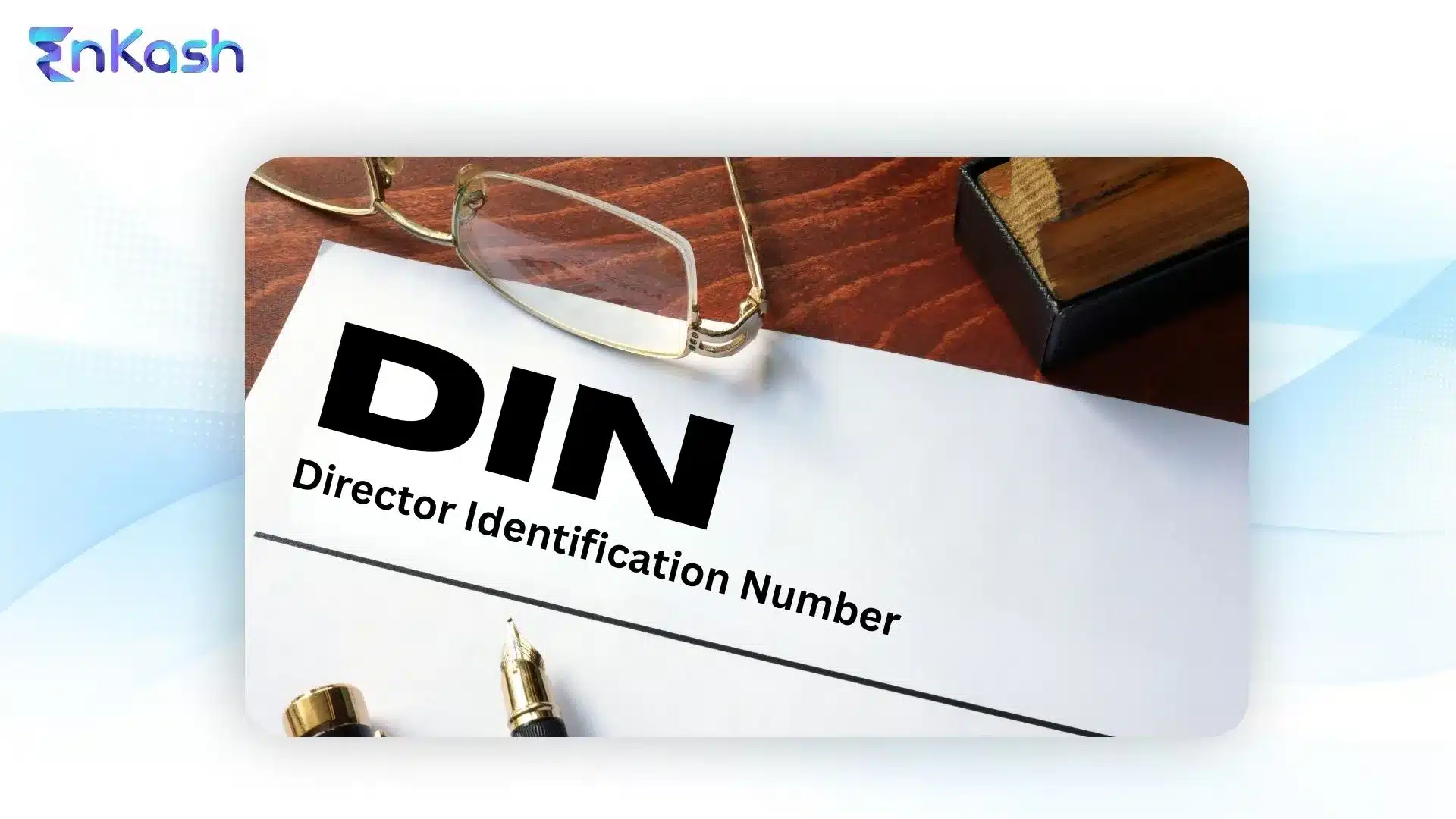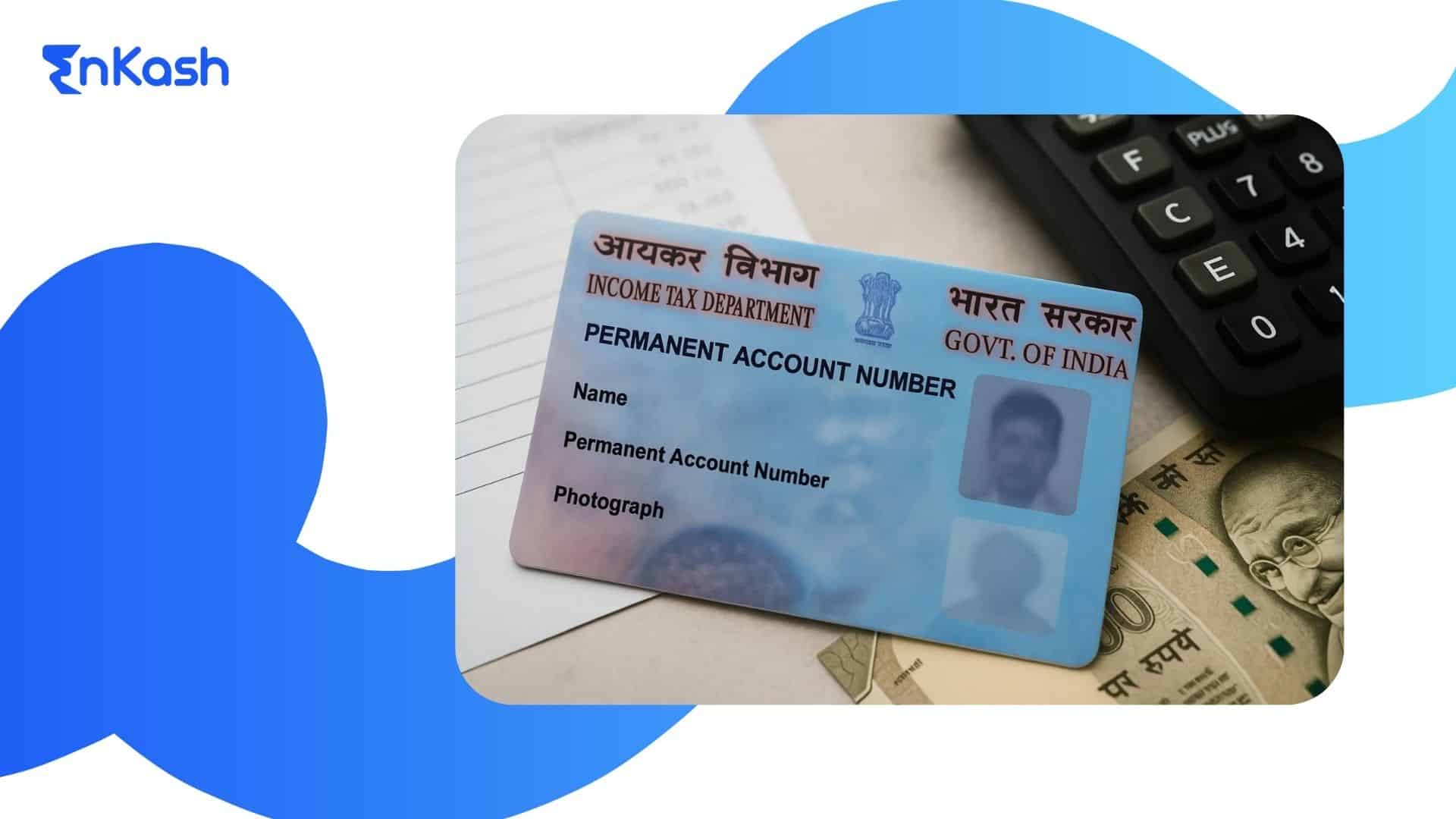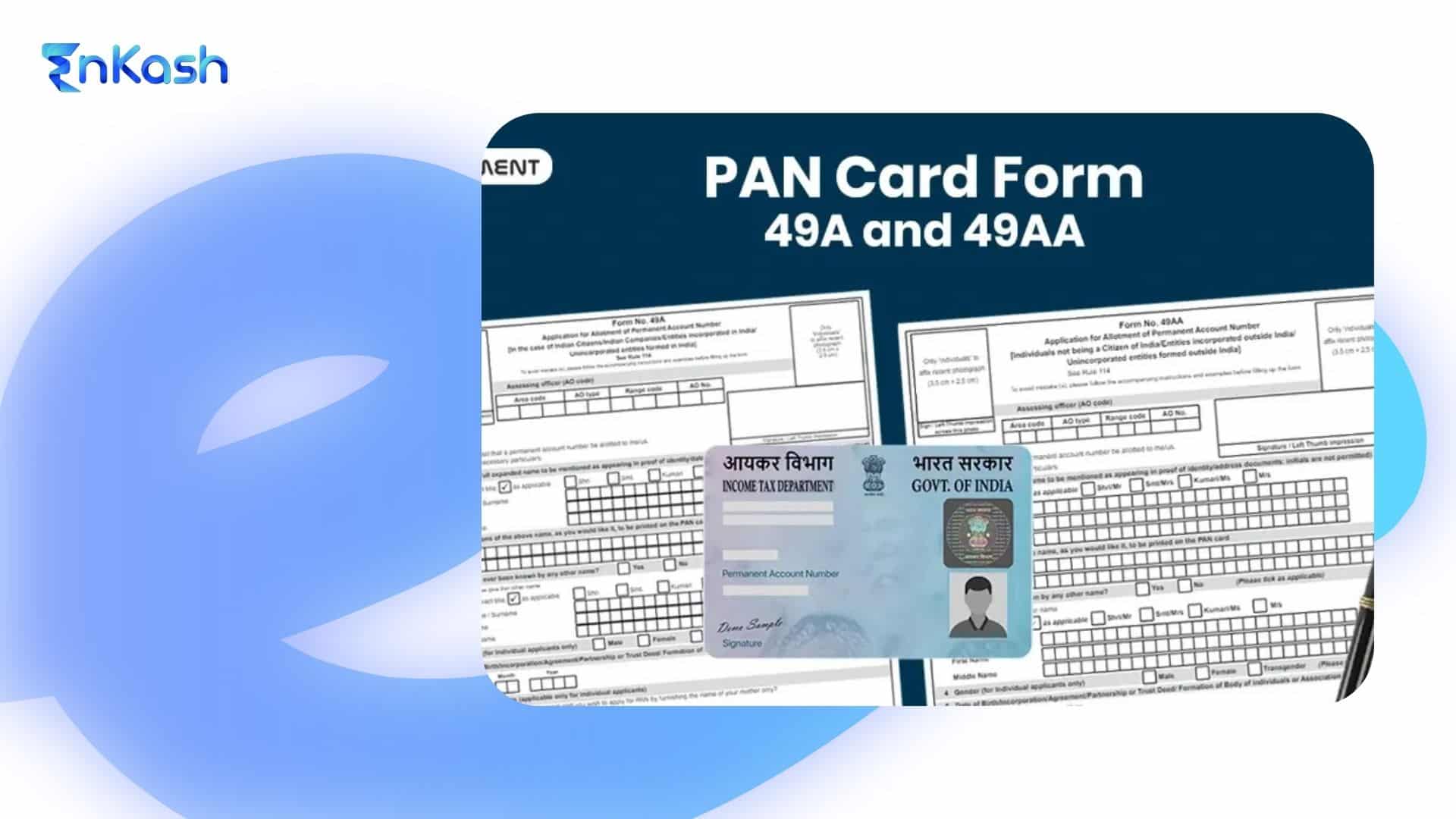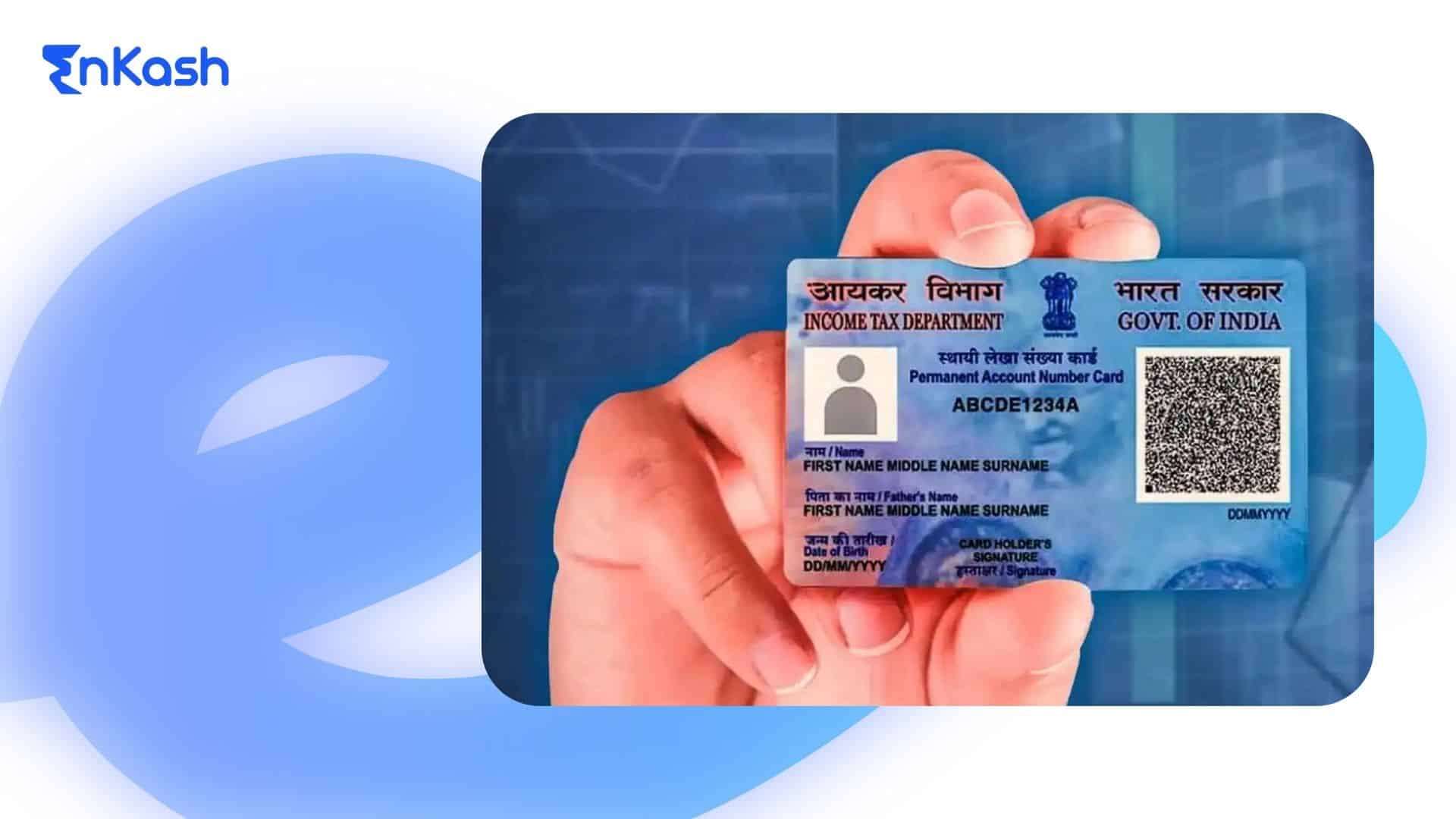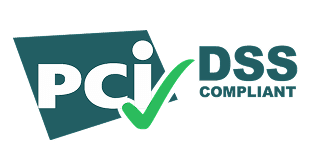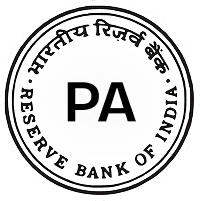Introduction
A company director performs many technical functions and holds a position of great responsibility and accountability in the Indian corporate setup. In order to maintain transparency in appointments and to keep traceability with the director, the Ministry of Corporate Affairs (MCA) issues a unique Director Identification Number (DIN) to any person who intends to become a director. The DIN is not just a number but is a key part of corporate compliance and governance under the Companies Act. This blog provides an in-depth understanding of the DIN, its legal relevance, who can apply, the process, and other compliances following its allotment.
What is DIN (Director Identification Number)?
A DIN (Director Identification Number) is an 8-digit unique identification number issued by the Ministry of Corporate Affairs (MCA) to anyone who wants to become a director in an Indian company. It helps the government maintain a verified database of individuals who hold or have held directorship positions, ensuring transparency and accountability in corporate governance.
DIN Full Form
DIN Full Form: Director Identification Number
It is a mandatory requirement under the Companies Act, 2006, and is needed before an individual can be appointed as a director in any company.
What is a DIN Number?
A DIN Number is essentially the same as a Director Identification Number.
It contains the director’s personal details and remains valid for a lifetime once issued. Every director must use the same DIN for all company filings, such as:
- ROC filings
- Annual returns
- Compliance documents
- Appointment or resignation forms
Using a single DIN across all companies prevents fraud and duplicate identities in the corporate ecosystem.
Who Needs a DIN?
A Director Identification Number (DIN) is mandatory for anyone who wants to legally act as a director in an Indian company. It helps the Ministry of Corporate Affairs maintain a verified record of all individuals responsible for company decisions and compliance.
You need a DIN if:
- You want to become a director in an Indian company:
Whether you are joining a new company or getting appointed to an existing one, you must obtain a DIN before your appointment is approved. - You are an existing director and need to update your details:
Directors who change their name, address, or other personal information must update their DIN records to stay compliant with MCA guidelines. - You are a foreign national appointed as a director in an Indian entity:
Overseas individuals can also obtain a DIN, enabling them to legally serve on the board of Indian companies and participate in governance.
Having a DIN ensures transparency, prevents identity duplication, and supports strong corporate governance across India.
Importance of Having a DIN in India
Considering Director Identification Number (DIN) is a critical component of the corporate compliance structure, India has implemented it. Provided under the Companies (Amendment) Act, 2006, it is a unique identification number issued by the Ministry of Corporate Affairs (MCA) to any person who intends to be a director of a company. This number shall accompany the director throughout life and should be disclosed in all forms of communication with regulatory authorities.
The reasons why having a DIN is not only important but mandatory are:
1. Legal Incumbencies Under Company Law
According to the Companies Act, no person can be appointed a director of a company unless he or she possesses a valid DIN. This provision verifies that every company working in India is managed by individuals who can be identified legally. Inactivity in this regard disables any official filing related to directors’ duties.
2. Enhances Corporate Transparency
The main objective of the introduction of a DIN was to enhance transparency in the corporate world. DIN helps regulators and stakeholders in tracing the directorships held by any individual in various companies to determine any illegal or unethical acts. Hence, the number is unique, and no one can use multiple identities to become a director in multiple companies.
3. Fraud Prevention and Duplicate Identities
DIN serves an anti-fraud function. Earlier, a person could act as a director in different companies using different names and credentials. Now that one individual can hold only one DIN, it helps prevent duplication of identities and misuse of directorial power.
4. Ensures Accountability of Directors
By linking every director to a unique identification number, the government ensures individuals will be held accountable for the acts committed in companies they represent. A case of misconduct or wrongdoing may have been pursued and tracked to the director through the use of the DIN, thus fostering a culture of responsible and accountable corporate.
5. Supports Good Corporate Governance
From a governance standpoint, the directors’ identification number plays an equally important role, if not more, in promoting an ethical business environment. The DIN facilitates regulatory agencies, investors, and lending institutions in assessing the professional credentials of the directors before dealing in any way with an establishment. It is in this respect that DIN, under company law, fosters confidence and trust in the business environment.
Eligibility Criteria: Who Can Apply for a DIN?
Before applying, a person should know how to get a DIN number and who is eligible. The criteria are fairly accommodating; there is no restriction based on background; any eligible individual can apply for a DIN.
1. Indian Nationals
Any Indian citizen intending to be appointed as a director of an Indian company may make an application for a DIN. Such a person must tender valid proof of identity and residence (such as a PAN card).
2. Foreign Nationals
Foreign nationals wishing to be appointed as directors of Indian companies are also eligible to apply. They have to furnish a valid passport and other documents required. Documents should be notarized and apostilled, or should be as per Indian laws.
3. Individuals Only
DIN is issued only to individual persons and not to companies, firms, or any artificial legal entity. This ensures that the responsibilities rest on a real person.
4. One DIN per Person
A person cannot have more than one DIN. If someone has more than one DIN (knowingly or unknowingly), they must surrender the additional DIN/s by applying in Form DIR-5. Legal action may be taken against the person, with disqualification as a director being one alternate form of penalty for holding more than one DIN.
5. Validity of DIN
On issue, the DIN remains valid for the lifetime of the director unless:
The person surrenders it voluntarily
It gets canceled by the MCA on the grounds of fraud or misrepresentation
The director gets disqualified under the company law
Thus, the DIN remains with the person throughout their corporate career, regardless of the number of companies in which the concerned person is involved.
Step-by-Step DIN Application
The DIN application is entirely online today and is offered as an e-service by the Ministry of Corporate Affairs through its digital portal. An elaboration is given on how to apply for a DIN and complete the DIN registration:
1. Applying for New Directors Through SPICe+ Form (INC-32)
DIN is applied when a person is to be appointed as a director during the incorporation of a new company through the SPICe+ (Simplified Proforma for Incorporating Company Electronically Plus) form, i.e., INC-32. Thus, the DIN gets allotted as a part of company incorporation.
2. Application Through DIR-3 for Existing Companies
Should a person be added as a director to a company already in existence, Form DIR-3 must be filed online. This form is used especially when the DIN is not applied for at incorporation.
3. Prepare and Attach Required Documents
The documents required to be submitted for a DIN application are:
- Identity Proof: PAN Card for resident Indian nationals and, for foreign nationals, the Passport
- Address Proof: Aadhaar card, Voter’s Identity card, Bank Statements, Electricity Bill, etc.
- Photograph: Recent passport-size photograph with a colored background.
- Digital Signature Certificate: The DSC must be used to sign the form.
The Board Resolution: If the filing is DIR-3, the board of the existing directors shall pass a resolution for the appointment of the new director
All required documents should be self-attested, while foreign applicants should have the documents attested by the competent authorities (embassy or notary).
4. Get the Form Certified by a Professional
Certification of the DIN application (in case of DIR-3) by a Chartered Accountant, Company Secretary, or Cost Accountant in full-time practice is mandatory before submission. This adds credibility and ensures legal compliance.
5. Upload Online and Pay the Fee
If all the particulars and documents have been attached, one can upload the DIN application on the MCA portal. After submission, the DIN application fee can be paid on the portal by using online payment means. For DIN allotment via SPICe+, no separate fee is charged. For a standalone DIR-3 application, a nominal fee of ₹500 is payable on the MCA portal
6. Approve and Generate DIN
The MCA scrutinizes the details post-submission and payment. In case of acceptance, the DIN is granted and delivered within a couple of working days. A confirmation email is sent to the applicant along with the DIN number, consisting of 8 characters. This signifies the successful registration of DIN.
Forms Related to DIN and Their Uses
Getting a Director Identification Number (DIN), updating it, or cancelling it are processes that require specific statutory forms prescribed by the Ministry of Corporate Affairs (MCA). These are DIN-related forms that have to be considered throughout a director’s life span-from appointment to resignation or cancellation. Below are the important DIN forms and their uses:
1. SPICe+ (INC-32): DIN Application During Company Incorporation
SPICe+ or INC-32 is a company incorporation form. If a person is being appointed as a director during the formation of the company, then this form is used for applying for DIN while applying for incorporation. Up to three DINs may be applied using this facility during the incorporation stage. It integrates and simplifies the incorporation and issuance of DIN into one single process for budding entrepreneurs.
2. DIR-3: DIN Application for Existing Companies
If a person is being made a director of an already registered company and has never applied for DIN before, then such a person must apply for DIN under Form DIR-3. This is a standalone form that allows the individual to obtain a DIN from the authorities separately from the process of incorporation. This is the commonest form used by professionals entering the office of a director in an existing company.
3. DIR-6: For Updation of Director’s Details
Whenever there is a change in the personal details of the director—for example, a change in name, residence address, phone number, or any identity document—Form DIR-6 has to be filed in the DIN database so that it remains correct and up-to-date in the MCA records. If the details such as addresses, identity numbers, etc., are not updated on time, it may lead to various compliance issues; hence, DIN should be updated immediately through DIR-6.
4. DIR-5: DIN Surrender or Cancellation
A DIN surrender or cancellation is done using Form DIR-5 in the following cases:
The individual has multiple DINs and has to surrender the duplicates.
The DIN was obtained incorrectly or is no longer used.
The person has never used the DIN and does not intend to act as a director in the future.
Once accepted by the MCA, the DIN is canceled, and the person is not eligible to act as a director until a new DIN is allotted to him/her again.
Each of the forms is required to be filed at a specified stage in the life of a director, and their proper use ensures compliance with company law regulations.
Documents Needed in DIN Application
Within the application process for DIN, certain documents have been classified as mandatory. These have to be submitted along with the relevant forms, i.e., SPICe+, DIR-3, or DIR-6, as proof of identity, address, and intention. Incorrect or unverified documents can lead to rejection of the application process. Below is the exhaustive list of documents required in a DIN application:
1. Proof of Identity
The Permanent Account Number (PAN) is a must-have identity proof for nationals of India. It should be clear, legible, and self-attested. Foreign nationals need to submit a valid passport. The passport needs notarization and may also have to be apostilled, depending on the applicant’s country of residence.
2. Proof of Address
Documents establishing proof of address must accompany the application. Acceptable ones include:
- Aadhaar Card
- Voter ID
- Utility bill (for electricity, water, or gas) issued within the last 2 months
- Bank statement with recent transaction history
All documents are to be self-attested and should be perfectly readable.
3. Passport-Sized Photograph
A recent color passport-sized photograph is required. It should mostly be front-facing with clarity and highly preferred against a white background. This photograph is retained as an official record and shall be linked to the DIN of the director.
4. Digital Signature Certificate
The application must be digitally signed using the DSC of the applicant, which is valid at the time of filing. A DSC is issued to ensure the authenticity and integrity of digital documents submitted on the MCA portal.
5. Board Resolution (Only for DIR-3)
While the DIN is sought for and obtained through the filing of the FORM DIR-3, a board resolution passed by the company shall be annexed. This resolution confirms the company’s intention to appoint the person as a director and forms the basis of that application.
DIN Activation and Post-Application Process
With the DIN application filed, the Ministry will verify, depending upon the mode of application through SPICe+ (INC-32), if it is in respect of the inclusion of new directors in the process of incorporation, or through DIR-3 in case of director appointments in existing companies. At this stage, MCA checks the submitted documents based on proof of identity, address, photo, and DSC for authenticity and for the determination of eligibility of the applicant.
If all the information is genuine and correctly submitted, it is allowed, and the DIN then proceeds to the activation stage. Activation of DIN means making it operative for official purposes, such as filing of various forms with the Registrar of Companies (ROC), appointment as a director in board resolutions, or other company forms. Once the DIN is activated, it shall remain valid for the lifetime of the director or until surrendered or cancelled. DIN remains active as long as compliance is maintained. Directors must ensure timely disclosures (such as interests in other companies via Form MBP-1) and update personal details through Form DIR-6. Non-compliance may lead to deactivation. A director is expected to file annual returns and disclosure forms timely and to update them whenever a change occurs regarding such matters as name, address, or nationality by means of Form DIR-6. If this is not done, the MCA may start putting flags against the DIN, and it may also deactivate such DIN, thus restricting the directors from taking part in corporate affairs. Hence, directors need to be compliant to avoid imposed penalties and to keep their DINs valid throughout their tenure.
Conclusion
A DIN is an integral part of India’s corporate governance structure. From understanding DIN’s full form to the final stage of DIN registration, every step carries significant importance in terms of legality and governance. Be it a new director with his first appointment or a director broadening his horizons by taking up a new board role, ensure that the DIN application process is smooth by submitting the correct forms about DIN and attaching the required documents. After the activation of DIN, the time is ripe to shoulder your corporate responsibilities with due credence and transparency.

